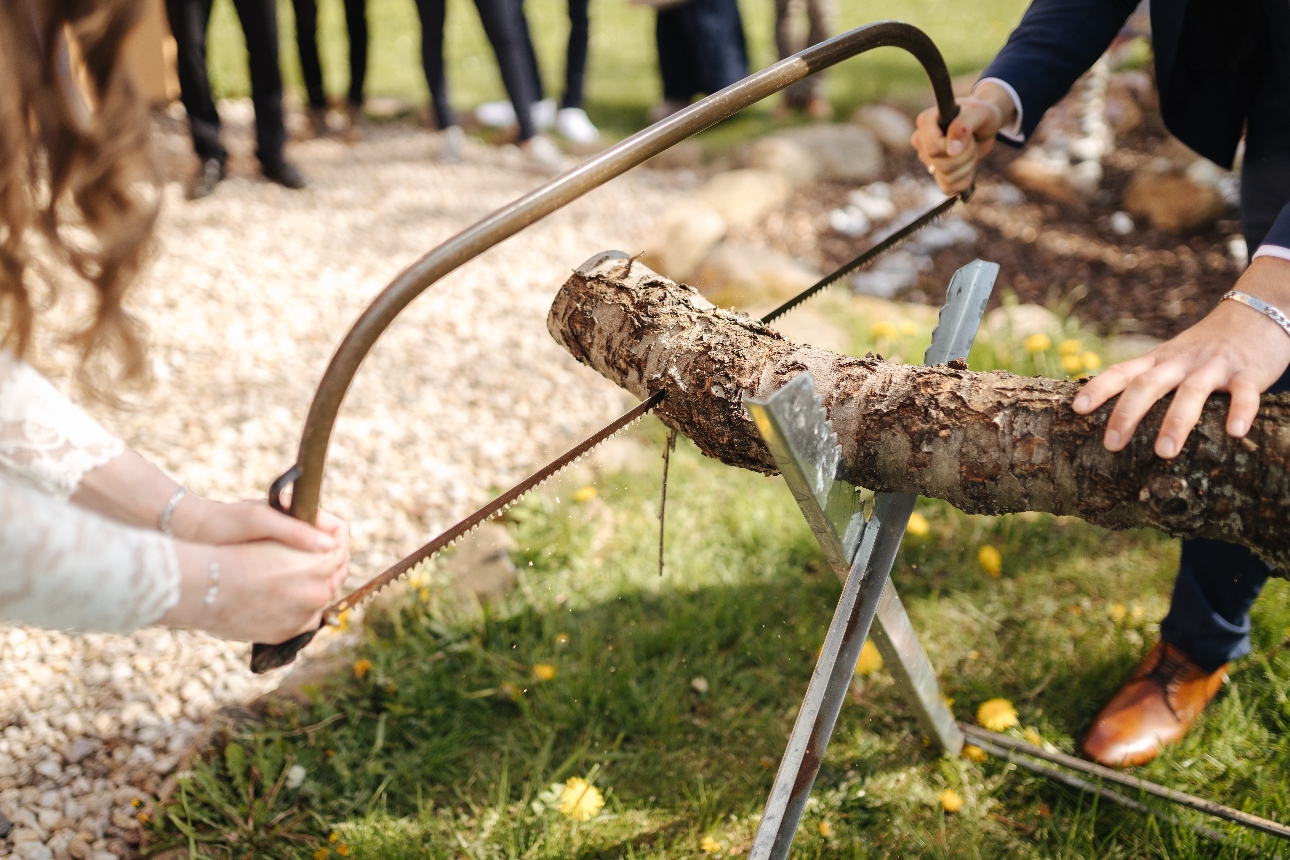The do's and don'ts of having pets at weddings
Are you considering including your dog in your wedding festivities? While it can be a lovely way to...

Wedding traditions are dramatically different around the world. From the type of cake served to the attire of the bride, you'll be amazed at what happens on wedding days around the continent.
To celebrate Eurovision 2023 taking place in the vibrant city of Liverpool from 9th May 2023, engagement and wedding ring experts at Steven Stone have rounded up some of the most bizarre traditions from participating countries – including the Big 5.
The 'Big Five' are the group of countries who make the biggest financial contributions to the European Broadcasting Union (EBU). In 2000, a rule was created to allow those countries direct entry into the final of the Eurovision Song Contest regardless of their placing in the previous year's contest, fear of relegation, or having to go through a semi-final round. With the return of Italy to the contest in 2011, the Big Four became known as the Big Five. All five of thee nations have won the contest at least twice, with France being the only member of the Big Five to have never scored nul points.
France
Pastries are served instead of cake: France is famous for its incredible pastries, so instead of a fruit-filled wedding cake being the star dessert, at most French weddings, you'll be served a Croquembouche – a beautiful dessert made up of small pastry balls stacked on top of one another.
Germany
The bride and groom use chainsaws: While still wearing their wedding attire, German newlyweds are sometimes known to saw a log into two pieces during the ceremony. This tradition is known as Baumstamm Sägen. As it's a two person saw, Baumstamm Sägen symbolises the couples strength as they face challenges in their marriage.
Spain
The bride wears black: While it may seem a little strange, traditionally, a Spanish bride would wear a black lace gown and veil called a mantilla draped over her head and shoulders. The attire was designed to symbolise the devotion she has to her husband and addresses the 'till death do us part' vow. As for the veil, it was once thought that a bride who looked too beautiful would attract evil spirits, which is where the veil derived from.
United Kingdom
Old, new, borrowed, and blue: In the UK, this fun tradition is based on an old rhyme by an unknown English poet: "Something old, something new, something borrowed, something blue, and a silver sixpence in her shoe." On the day of the wedding, the bride must wear something old to represent the past, something new for the future, a borrowed item to symbolise the happiness given to the bride by the new husband, and finally something blue to ward off evil spirits. Nowadays, the final line about the sixpence is often practiced, however it historically referred to wealth.
Italy
Nuts are given to newlyweds: Many of us think of confetti as colourful bits of paper that get thrown at the newlyweds, however, in Italian "confetti" actually refers to sugared almonds that wedding guests receive as favours at the reception. These used to be thrown at the bride and groom, but have been replaced by coriandoli, the tiny scraps of paper.
Read more here.